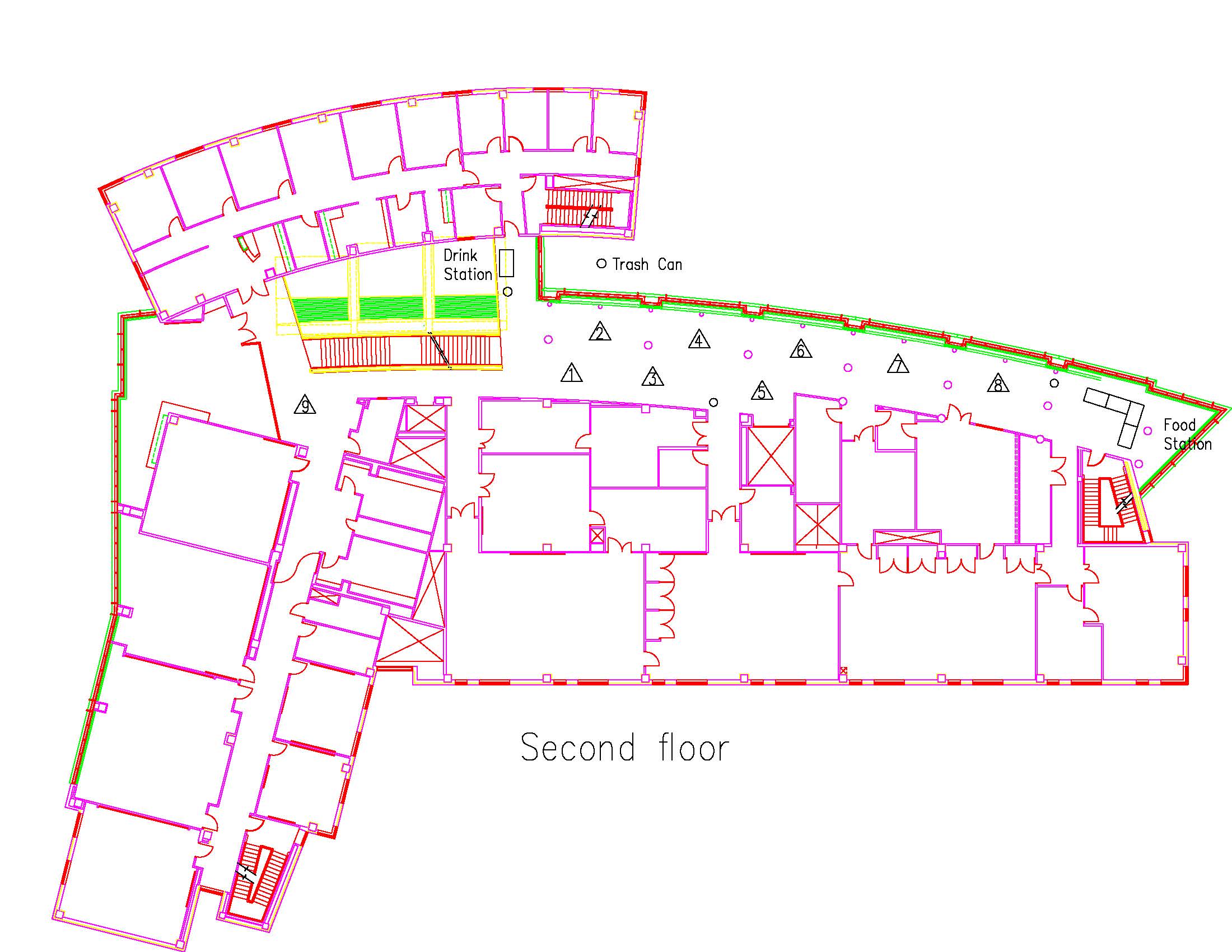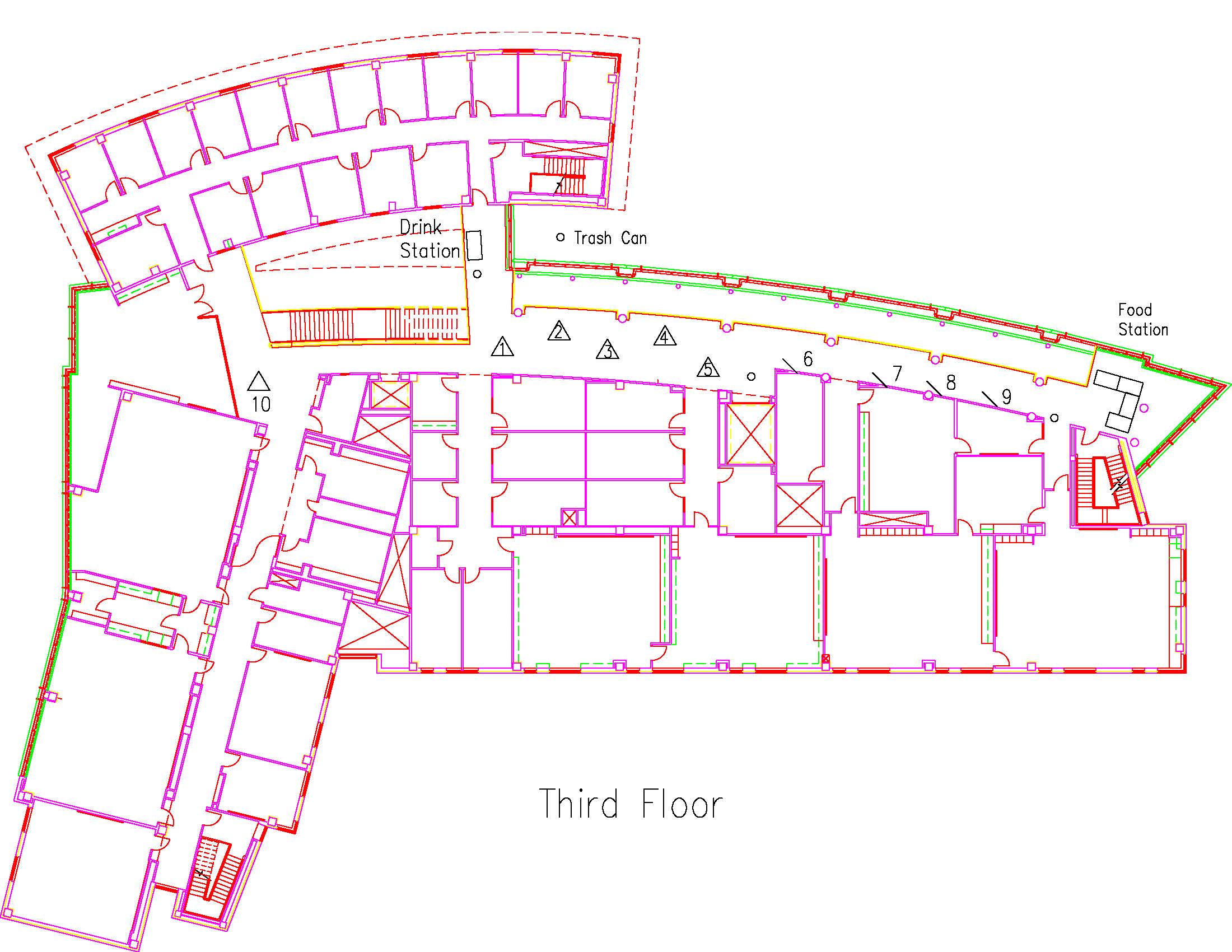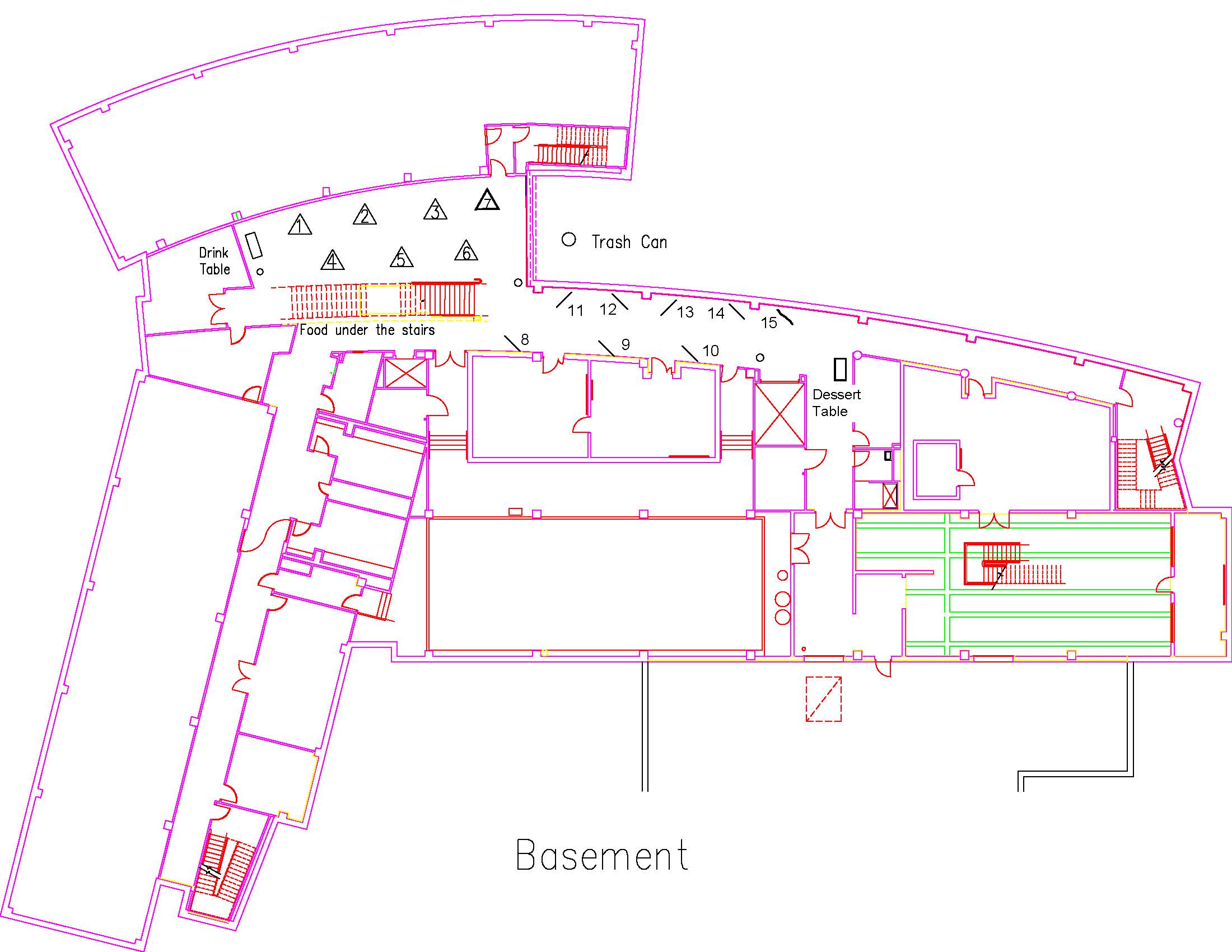PHYS2019BUESCHEL12591 PHYS
Modeling of parvovirus treatment of cancer
Type: Undergraduate
Author(s):
Devina Bueschel
Physics & Astronomy
Advisor(s):
Hana Dobrovolny
Physics & Astronomy
Location: Session: 2; 2nd Floor; Table Number: 4

View PresentationRat Parvovirus is found in rat liver and can infect and cause changes in tumor cells. When tumor cells are infected, the cells can revert back to benign or uncancerous cells. We describe and analyze a mathematical model of infected and noninfected tumor cells when introduced to the parvovirus. Using nonlinear analysis, we find the conditions for cure of the tumor.
PHYS2019JHA46123 PHYS
Modeling polymerase inhibitor treatment of RSV
Type: Undergraduate
Author(s):
Rashmi Jha
Physics & Astronomy
Advisor(s):
Hana Dobrovolny
Physics & Astronomy
Location: Session: 2; 2nd Floor; Table Number: 5

View PresentationRespiratory syncytial virus, or RSV, is a virus that commonly causes lower respiratory tract infections throughout childhood and infancy. Most people who contract the virus recover within a short period of time, but it can cause respiratory illness, hospitalization, and even death within infants and the elderly. Agents that can effectively combat RSV are still not available for widespread clinical use, but one of the targets being investigated is PC786, a novel inhaled L-protein polymerase inhibitor. Using data from previous publications, we created models of the relationship between volume of PC786 and viral load in patients with RSV to try to determine how to best model the action of this drug.
PHYS2019MCCARTHY57534 PHYS
Effect of the Hill coefficient on estimates of drug efficacy
Type: Undergraduate
Author(s):
Gabriel McCarthy
Physics & Astronomy
Advisor(s):
Hana Dobrovolny
Physics & Astronomy
Location: Session: 2; 2nd Floor; Table Number: 6

View PresentationWe are modeling the effect of the Hill coefficient on the volume of a tumor. This is to test drugs that may bind to multiple receptors and compare them to each other. We are using Python and used 4 main parameters and one equation. We modeled the Volume and the Dose Response Curves as well as the Emax and Ic50. We used the different positive Hill Coefficients and studied the effect on dose and carrying capacity.
PHYS2019MCKINNEY32467 PHYS
Nitrogen-Doped Graphene Quantum Dots and Reduced Graphene Quantum Dots for Intensity Luminescence Nanothermometry
Type: Undergraduate
Author(s):
Tanvir Hasan
Physics & Astronomy
Bong Han Lee
Physics & Astronomy
Advisor(s):
Anton Naumov
Physics & Astronomy
Location: Session: 1; 3rd Floor; Table Number: 4

View PresentationNon-invasive temperature sensing is necessary for the analysis of biological processes occurring in the human body including cellular enzyme activity, protein expression, and ion regulation. Considering that a variety of such biological processes occur at the microscopic scale, a novel mechanism allowing for the detection of the temperature changes in microscopic environments is desired. One-dimensional graphene quantum dots can serve as agents for such detection: they are promising non-invasive probes that because of their 2-5 nm size and optical sensitivity to temperature change enable sub-cellular resolution imaging. Both biocompatible bottom-up synthesized nitrogen-doped graphene quantum dots and quantum dots produced from reduced graphene oxide via top-down approach exhibit temperature-induced fluorescence variations. This response observed for the first time is utilized for deterministic temperature sensing in bulk suspension as well as inside mammalian cells. Distinctive quenching of quantum dot fluorescence by up to 19.8 % is observed, in a temperature range from 25℃ to 49℃, in aqueous solution, while the intensity is restored to the original values as the temperature decreases back to 25℃. A similar trend is observed in vitro in HeLa cells as the cellular temperature is increased from 25℃ to 41℃. Our findings suggest that the temperature-dependent fluorescence quenching of bottom-up and top-down-synthesized graphene quantum dots can serve as non-invasive reversible deterministic mechanism for temperature sensing in microscopic sub-cellular biological environments.
PHYS2019PHO52926 PHYS
Effect of Noise applied to Simulated Cancer Growth Model on the Error in Assessment of Anti-Cancer Drug Efficacy
Type: Undergraduate
Author(s):
Christine Pho
Physics & Astronomy
Madison Frieler
Biology
Angel Guyton
Biology
Advisor(s):
Hana Dobrovolny
Physics & Astronomy
Giridhar Akkaraju
Biology
Anton Naumov
Physics & Astronomy
Location: Session: 1; Basement; Table Number: 11

(Presentation is private)New anti-cancer drugs are constantly being developed and tested. Effectiveness of these drugs is currently assessed by measuring the reduction in number of cancer cells cultured in experiments as a function of the applied drug dose. These measurements determine the drug dose needed to achieve half of the maximum reduction in cells (IC50) and the maximum effect of the drug (εmax). However, the technique that measures values of IC50 and εmax depends on the time chosen to make the measurements. We have developed a method to analyze the growth of cancer cells in different concentrations of drugs that will provide estimates of both parameters that are independent of measurement time. Here, we computationally simulated the growth of cancer cells according to a logarithmic model, adding different levels of noise. And, we found the error in IC50 and εmax as a function of the level of noise. Development of this new technique will lead to more consistent measurement of the efficacy of known and novel anti-cancer therapies.